Namur is the loveliest Belgian city you may not have heard of.
Its imposing hilltop citadel watches over a charming Old Town filled with vintage shops and small museums. Thanks to its coveted strategic location at the confluence of two rivers, Namur has been fought over and rebuilt many times, resulting in a treasure trove of architectural styles.
On a whim, I spent a few days here to break up my journey from Aachen to London, via Brussels. And what a good choice this was.
Discover what to do in Namur along with practical information on how to get there and where to stay and eat.

Some articles on this website contain affiliate links. This means that I may earn a small commission if you make a purchase through these links. As an Amazon Associate, I earn from qualifying purchases. Read the full disclosure here.
How Long Do You Need in Namur?
You can hit the highlights of Namur in one day, including the Citadel, its historic centre and riverfront. It’s a very walkable city and an easy day trip from Brussels, just an hour by train.
However, I recommend spending two days here to explore more of the city, take a leisurely walk or boat ride along the river and perhaps visit one of its interesting museums. It is also an excellent base for visiting Dinant.
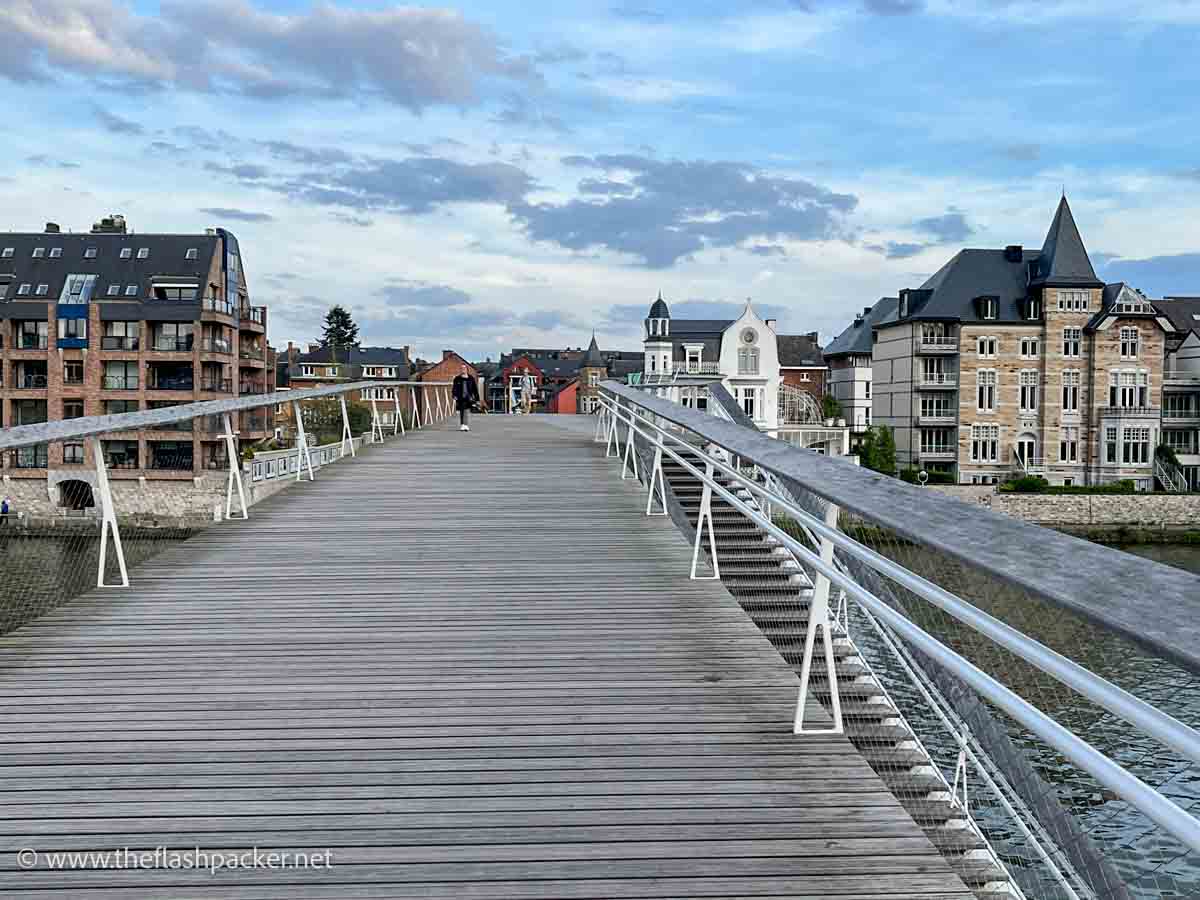
My Top 10 Things to Do in Namur
1. Visit one of Europe’s largest fortified strongholds
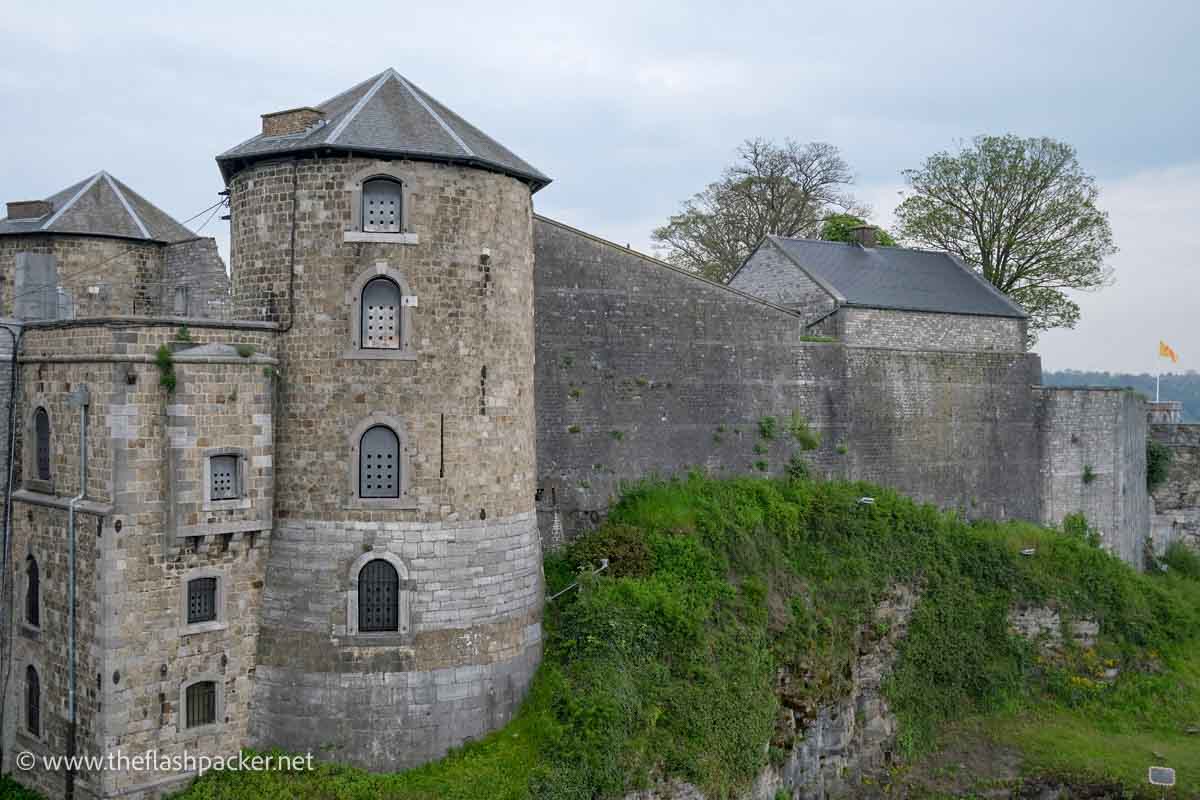
Perched above the Meuse and Sambre rivers, the Citadel of Namur is the city’s star attraction. Dating back to Roman times, it was fortified in the Middle Ages and became a key military stronghold in European conflicts.
In no small part due to its labyrinth of underground tunnels, it withstood sieges and battles, notably during the War of the Spanish Succession and both World Wars. Today, it stands as a symbol of Namur’s resilience, offering historical insights and panoramic views of the surrounding region in equal measure.
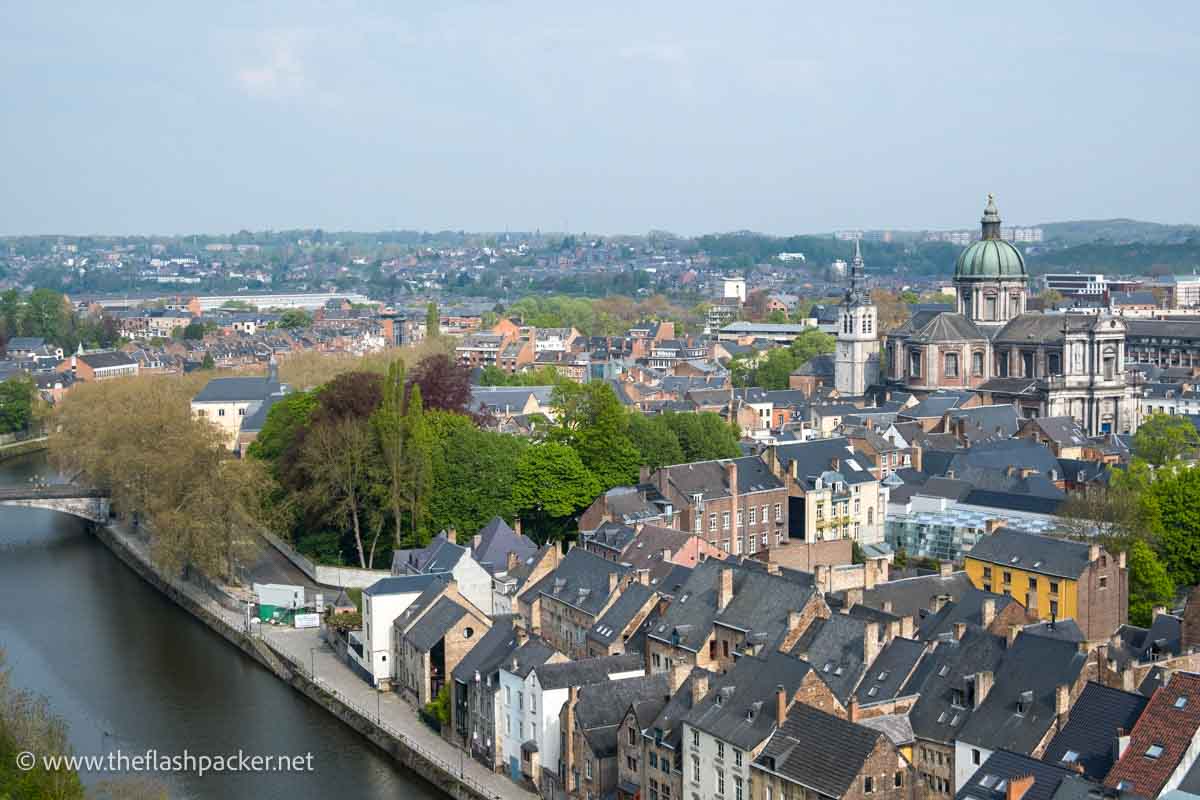
Getting there: I walked the steep but scenic path to the Citadel which takes around 15 minutes without stops. The cable car (Téléphérique Citadelle de Namur) is a less lung-busting and more fun way of getting there.
Entrance fee: Namur Citadel is free to walk around. Entrance fees apply to the Visitor Centre and Underground Galleries (prices and timetables here).
There’s also a hokey little tourist train that chugs its way along the ramparts.
2. Hunt down Namur’s quirky sculptures
If you are walking up to the Citadelle Namur, you can’t miss the much-loved Turtle sculpture. The Flemish artist Jan Fabre created the three-metre-tall Searching for Utopia (its official name) in 2015.
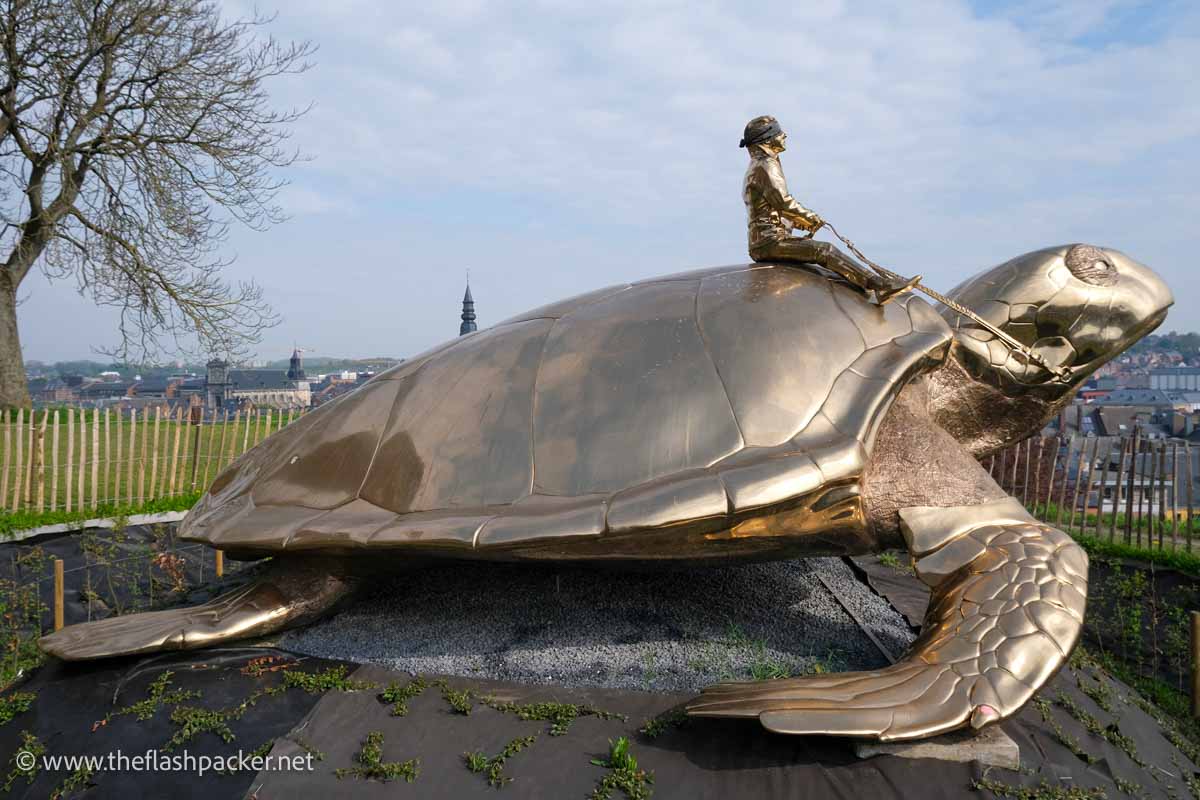
The snail sculpture in Place d’Armes made me chuckle. It was created by the Belgian artist Suzanne Godard and is based on the cartoon characters, Françwès et Djoseph, and their two snails, one on a lead and the other in a cage. They epitomise the laid-back attitude of the Namur people and the snail is the symbol of civic pride.
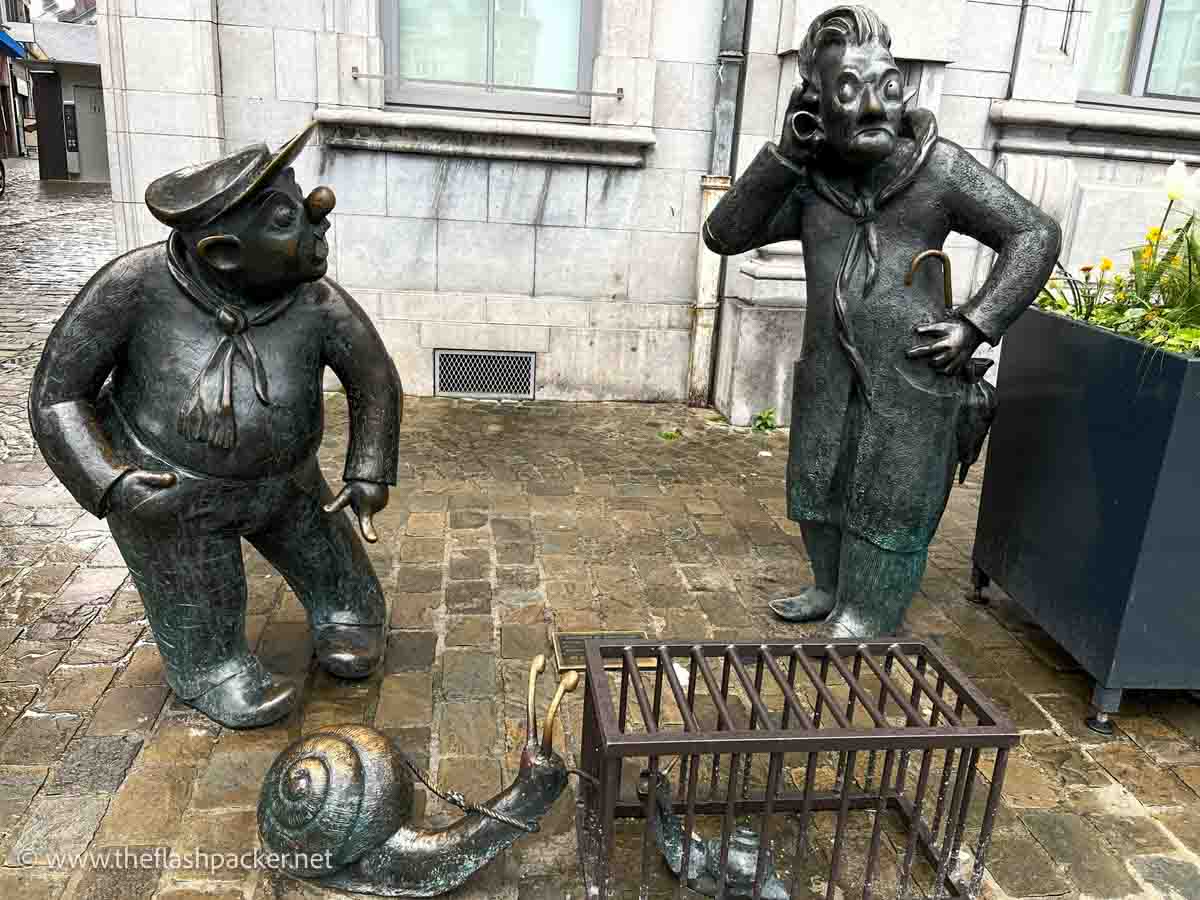
3. Explore Namur’s Old Town
Namur’s delightful historic centre is across the Sambre River from the Citadel. Picture a blend of Gothic and Baroque buildings, complemented by charming squares and inviting cafes, and you’ll have the measure of the place.
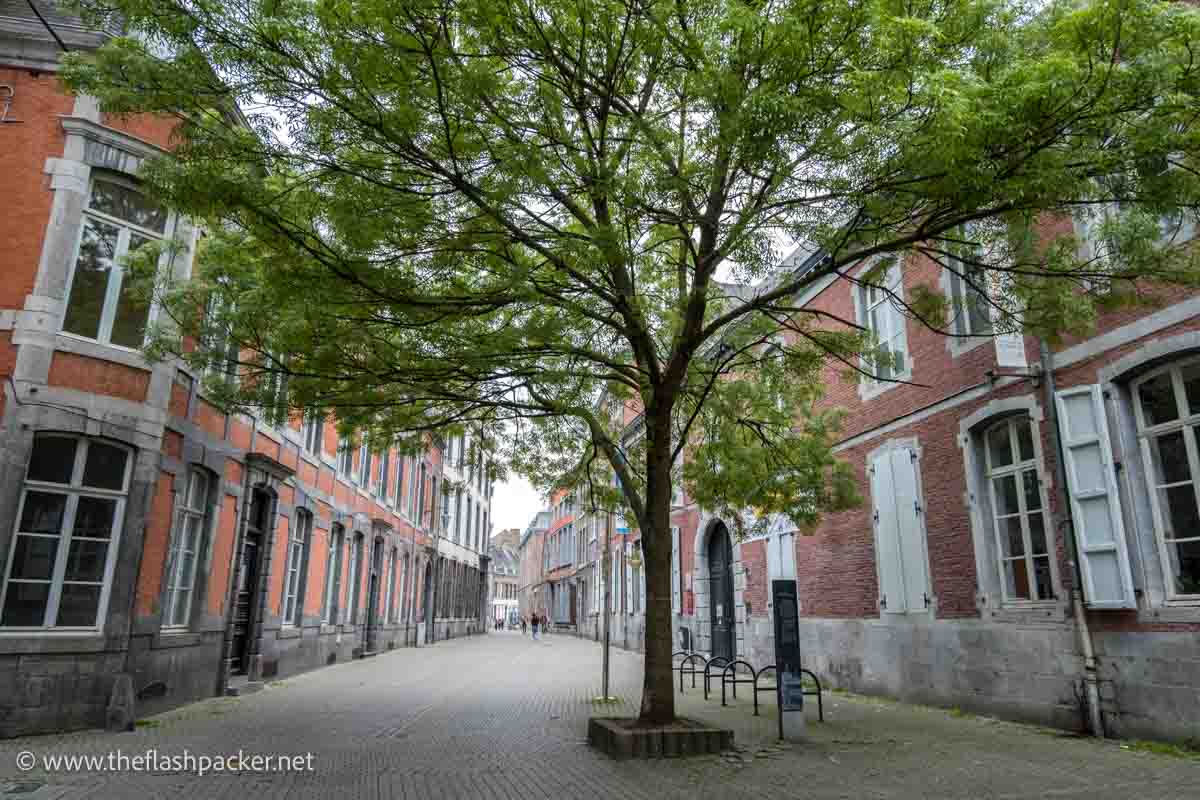
Its main square is Place d’Armes, home to the Neoclassical Cathédrale St-Aubin and the UNESCO-listed Belfry of Namur (Beffroi de Namur).
Place Marché aux Légumes (Vegetable Market Square) is the Old Town’s commercial heart. Laid out in 1781, it is a popular meeting spot and a market was held here as recently as 1988.
4. Step inside Église St-Loup
If the Vegetable Market is the Old Town’s commercial centre, St. Loup is its spiritual heart. This Baroque beauty was built for the Jesuits between 1621 and 1645 and the high altar is unusual in that it is made from wood painted to look like marble.
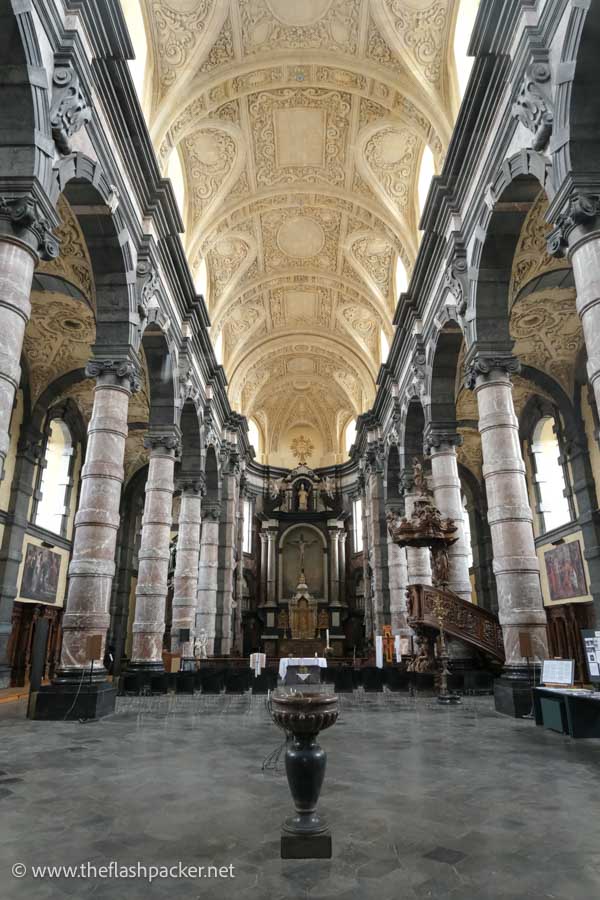
Église St-Loup’s opening hours are fairly limited but you can peer through its glass door if it is closed.
One of Belgium’s most interesting museums is close to St. Loup. Musée Félicien Rops is devoted to Namur native Félicien Rops, whose reputedly debauched lifestyle is reflected in his erotic and perverse drawings.
5. Look for Isaac Cordal’s little men
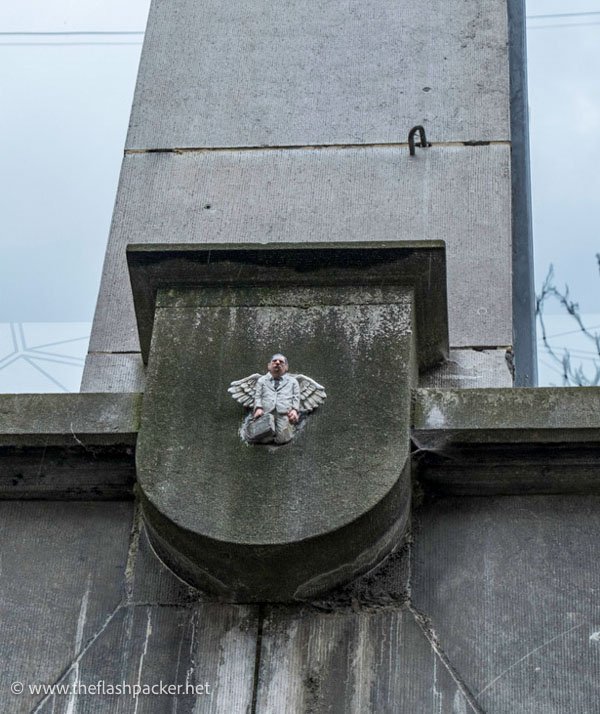
Looking for a fun thing to do in Namur? Then hunt down the little men that have tickled the fancy of visitors in cities from Barcelona to Brussels.
These miniature sculptures by Spanish artist Isaac Cordal are dispersed throughout the city and are designed to tell a story and make us question the place we occupy in society.
6. Follow the Namur street art trail
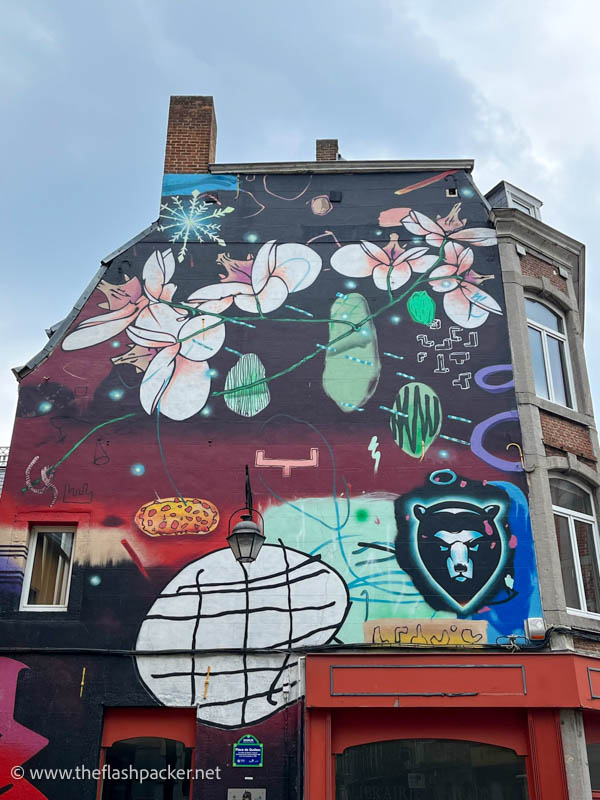
If street art is your thing you are in the right place. I love urban art and enjoyed hunting down fabulous examples in Namur.
Here’s more information about the Namur street art trail.
7. Discover Namur’s Art Deco gems
Namur’s Art Deco quarter is a rare example of this style of architecture integrating harmoniously into the heart of a historic city. Its epicentre is around Rue des Carmes and Rue des Croisiers, in a neighbourhood extensively rebuilt in the 1930s.
Highlights include La Cinéma Caméo on Rue des Carmes and the superb bas-reliefs at 7 – 11 Rue des Croisiers.
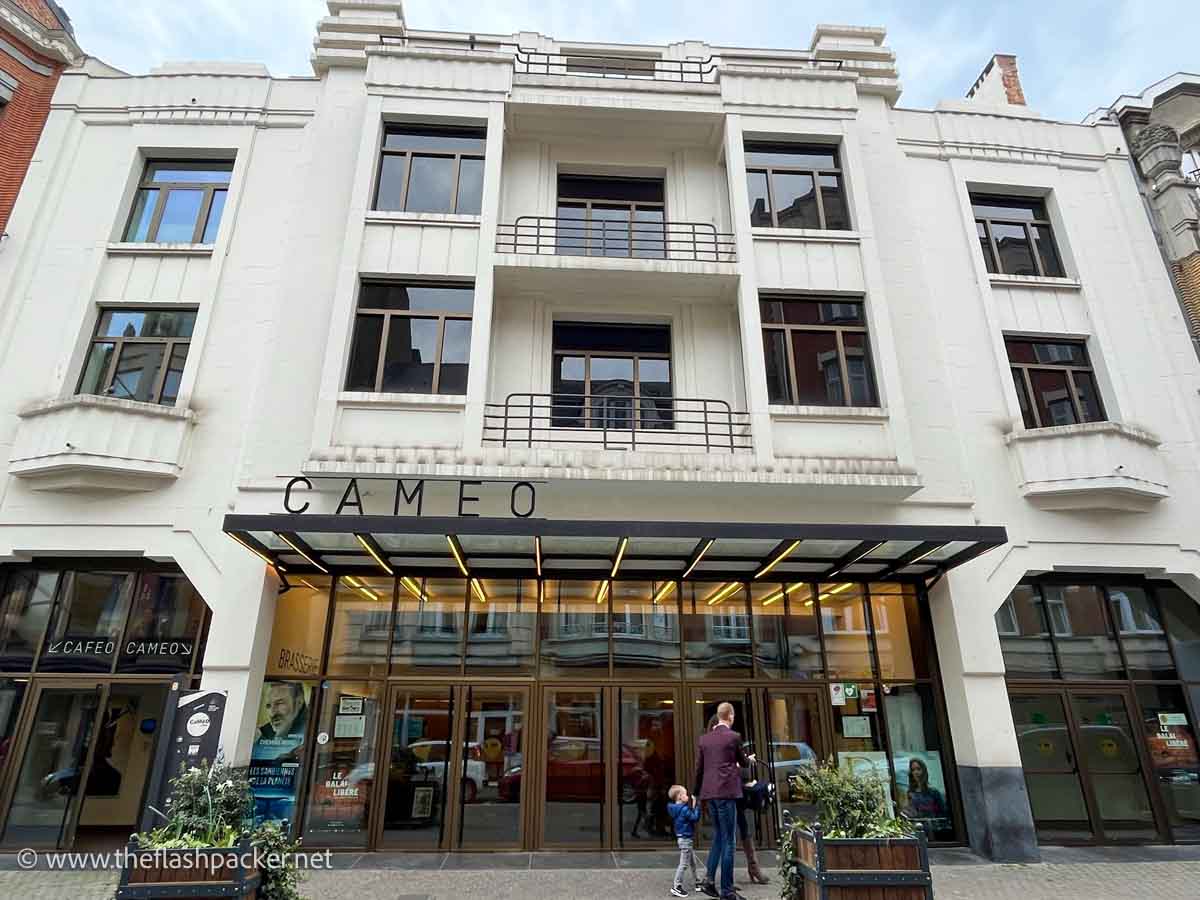
8. Do an Art Nouveau trail
But perhaps the more elaborate Art Nouveau style is more to your taste.
Three architects best epitomise the Ecole de Namur within the Art Nouveau movement: Jules Lalière (1875 – 1955), Adolphe Ledoux (1883-1969) and Léonce Lebrun (1885-1940). You’ll find their works in the suburban Jambes, Salzinnes and Saint-Servais neighbourhoods.
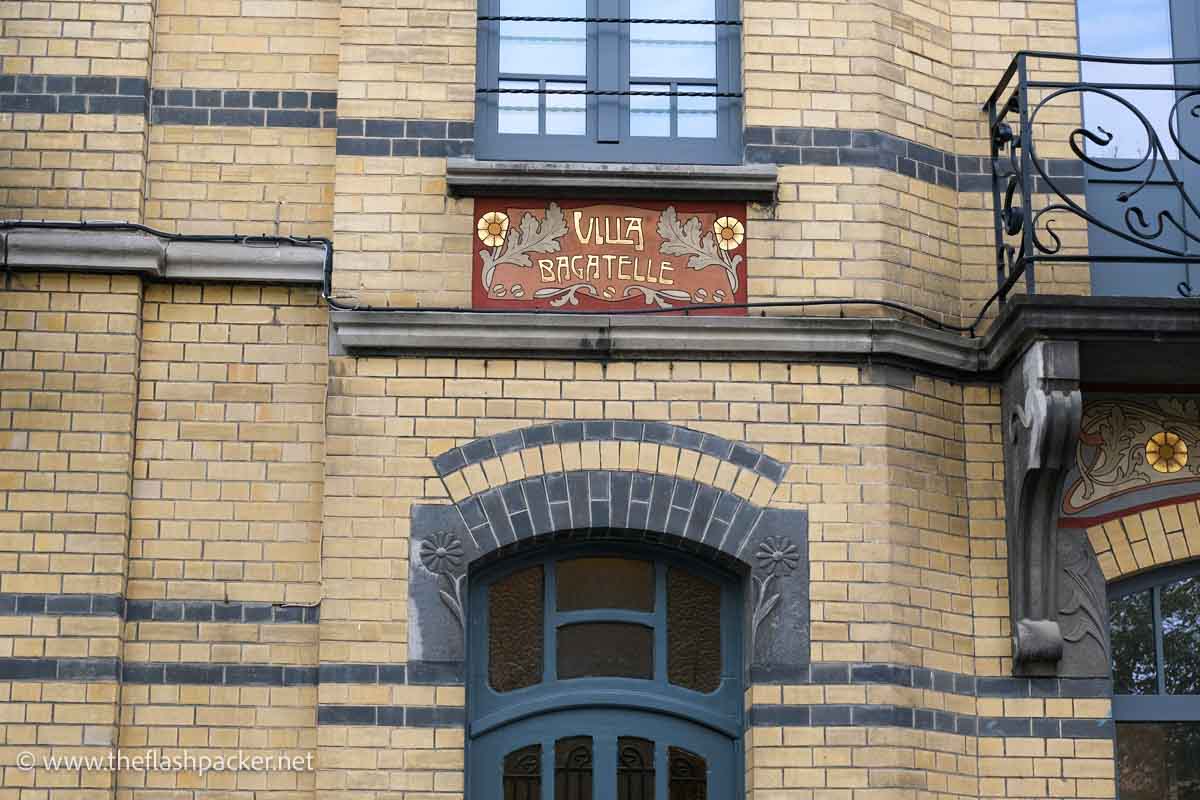
9. Walk along the riverfront
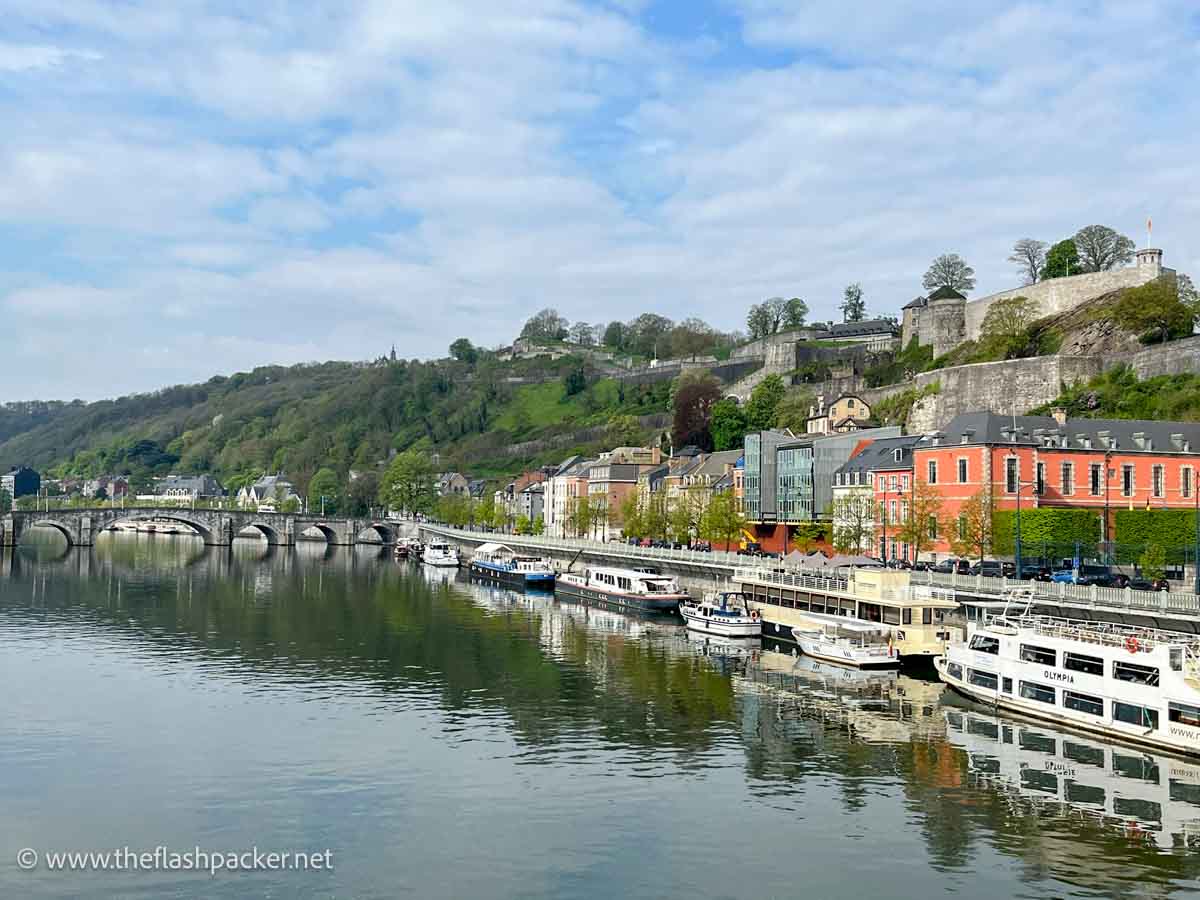
This was my favourite evening activity.
I recommend staring at Quai de Meuse on the opposite side of the River Meuse from the Citadel, following the riverbank to Barrage de la Plante. Cross the river at this point and follow it back to the Confluence Point where the Meuse and Sambre meet.
It’s a lovely walk and will take around 30 minutes without stops.
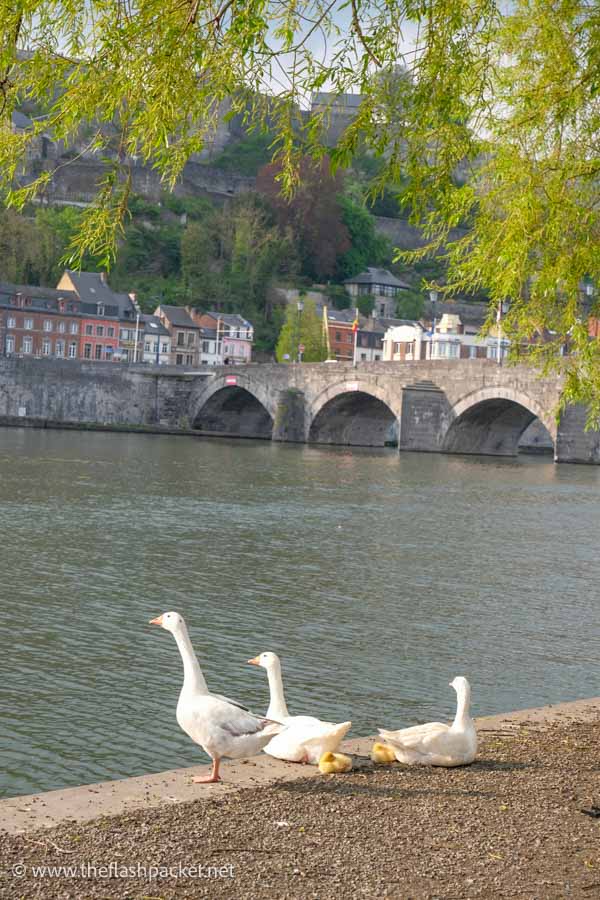
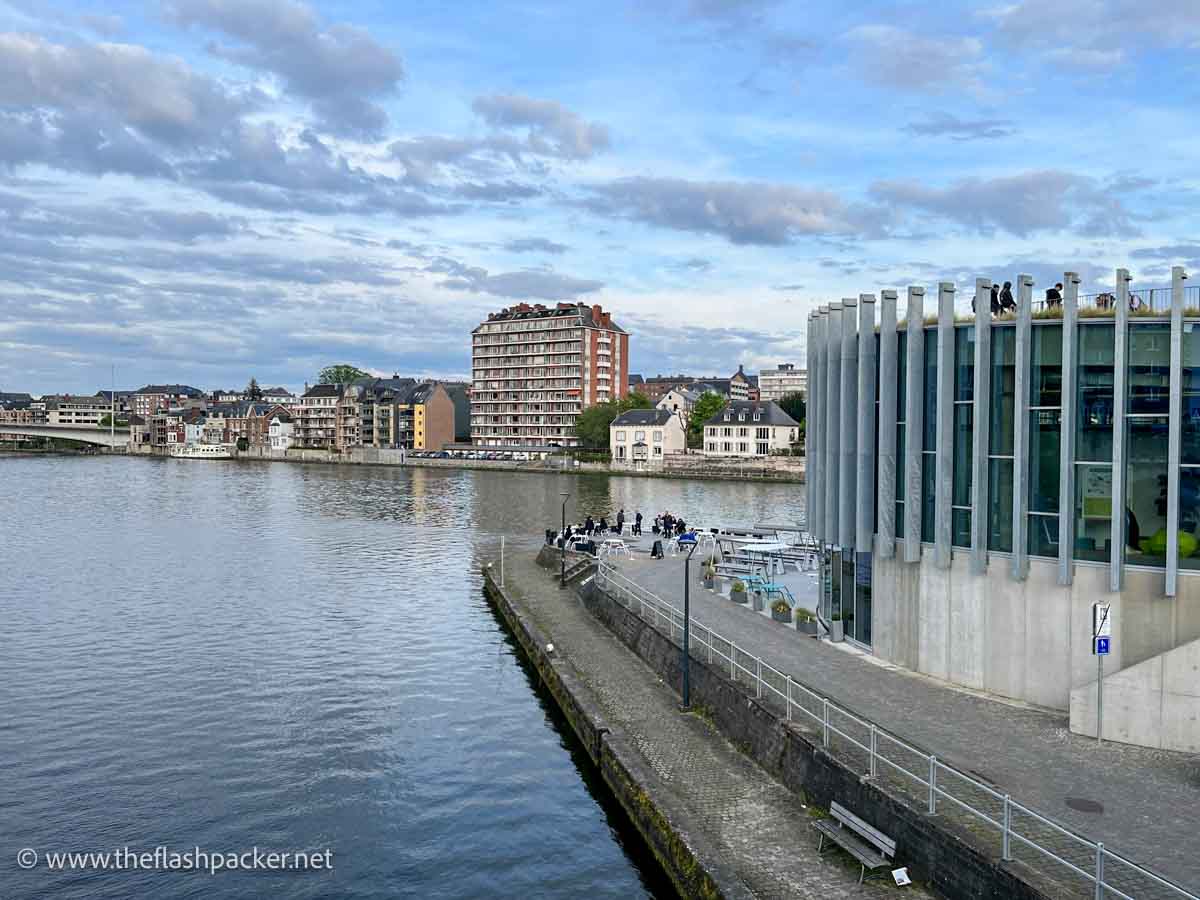
10. Take a boat trip
Croisières Namur operates 50-minute river cruises along the Sambre and Meuse from the Pont de Jambes. Booking ahead should not be necessary.
Longer cruises are also available.
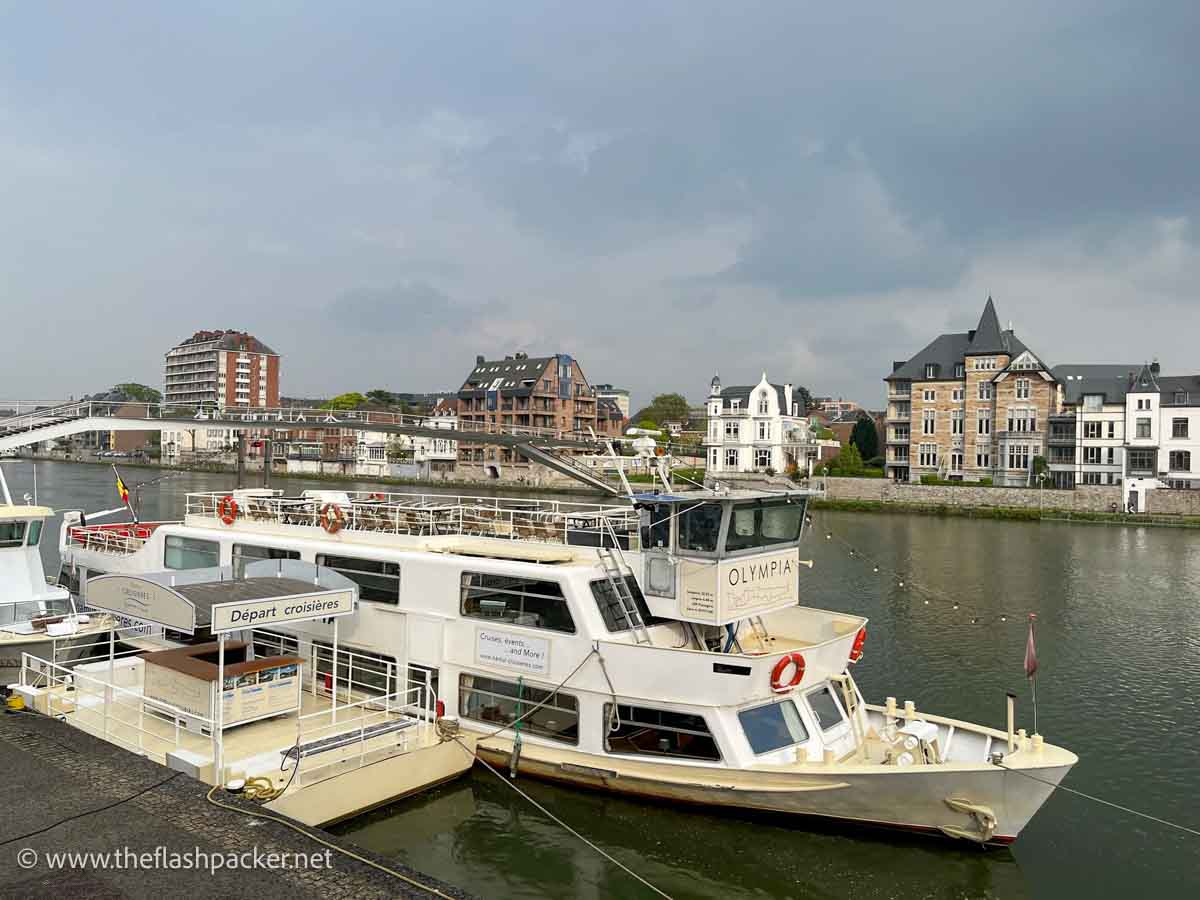
Getting There
Namur is well connected by rail, within an hour or so of major Belgian cities such as Brussels, Dinant and Liège. Luxembourg City is a 2-hour train journey.
Namur train station is a 15-minute walk from the Old Town.
Where to Stay in Namur
I loved my stay at La Villa Balat, a gorgeous guesthouse next to l’Enjambée pedestrian bridge. My hosts, Muriel and Bernard, could not have been more hospitable and the breakfasts were awesome!
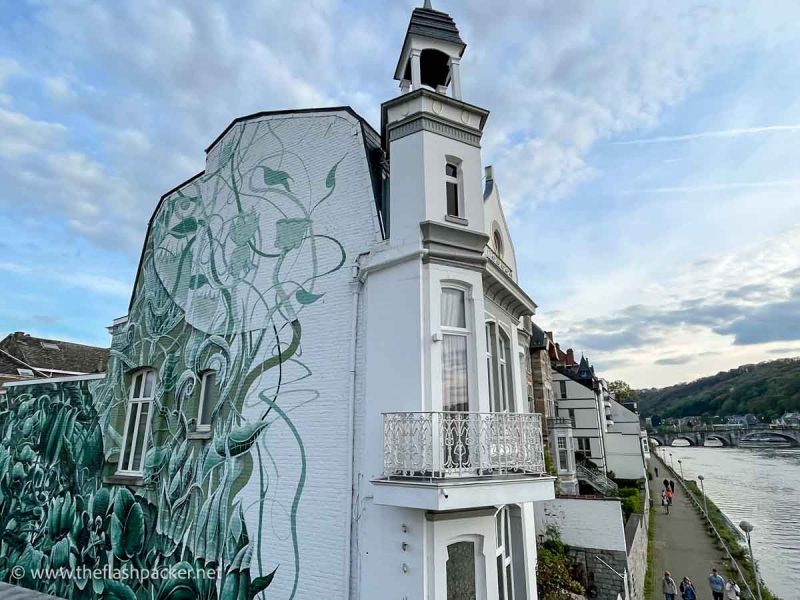
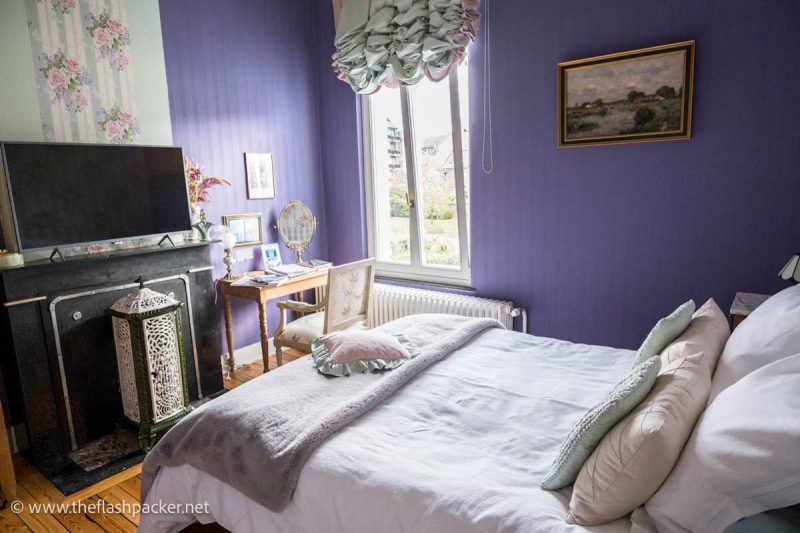
If this does not meet your needs, here are a few alternatives:
Some of the rooms of this 4-star hotel overlook the river and there’s a gym and spa. The location is excellent.
Island in Island, B&B boutique, Design et Vintage
This super stylish apartment with a terrace has attracted rave reviews from other travellers. Free bikes are available and it’s in a central location.
Where to Eat
I don’t always make restaurant recommendations in my city guides, but I couldn’t finish this article without recommending Brasserie François.
It serves homely, traditional cuisine in a 200-year-old building and has an outdoor terrace for the warmer summer months. Both the food and service were superb.
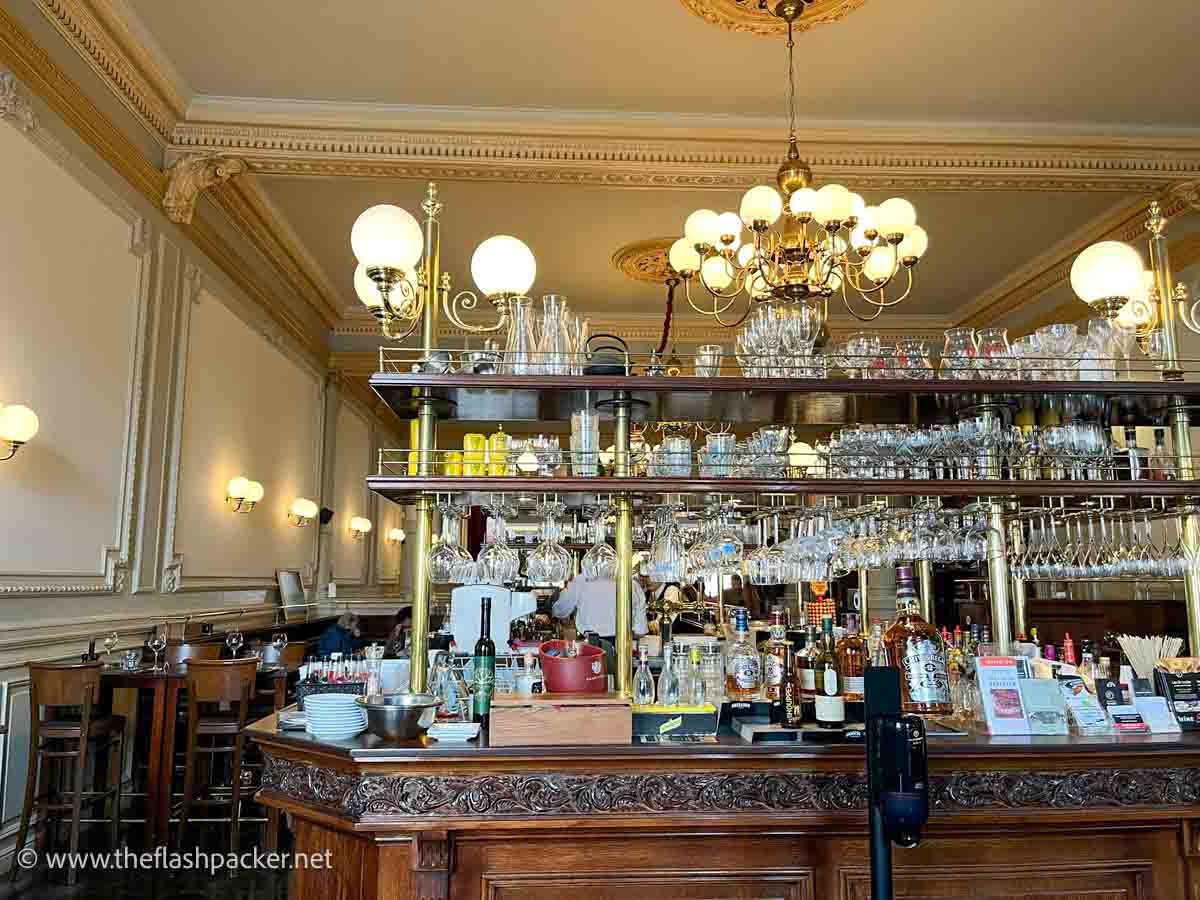
Where to next?
And that’s a wrap. Whether you are visiting Namur on a day trip or lingering longer, I hope this article helps you make the most of your time there. I have also written this guide if you are debating visiting Namur or Dinant (and it tells you how you can see both Wallonia towns in one day).
If you have found this helpful, take a look at my other Belgium guides before you leave, including this 1-week Belgium itinerary.
BRUSSELS: Discover what to do in the Belgian capital with my 1-day Brussels itinerary. Find out why you should take a day trip to Mechelen, spend a day in Tournai or visit Ostend.
GHENT: Get the lowdown on the best things to do in Ghent and if you should buy the Ghent City Card. There’s also my shortlist of the best places to stay in Ghent and a day trip chocolate tasting in Bruges.
LEUVEN: Spend the perfect day in Leuven, perhaps exploring the oldest botanical garden in Belgium
HASSELT: Find out why you should visit Hasselt, whether to chase Cherry Blossom in Japanse Tuin Hasselt or visit the Jenever Museum.
Happy travels!

About Bridget
Bridget Coleman has been a passionate traveller for more than 30 years. She has visited 70+ countries, most as a solo traveller.
Articles on this site reflect her first-hand experiences.
To get in touch, email her at hello@theflashpacker.net or follow her on social media.
